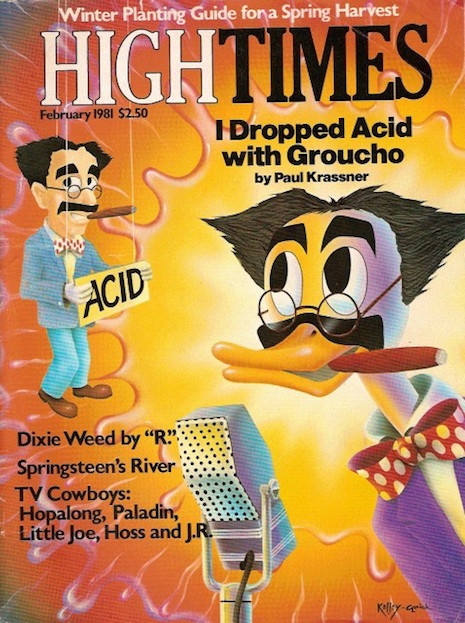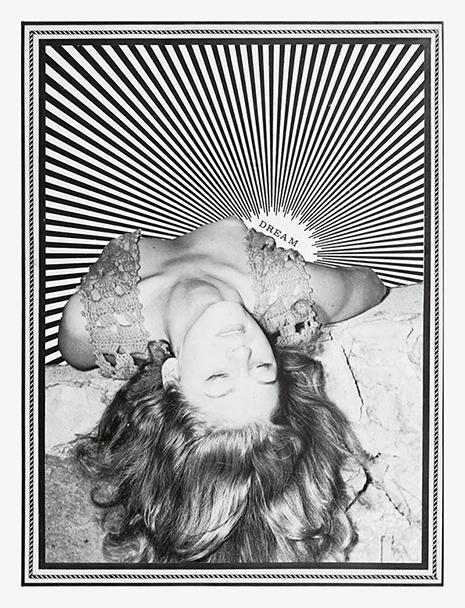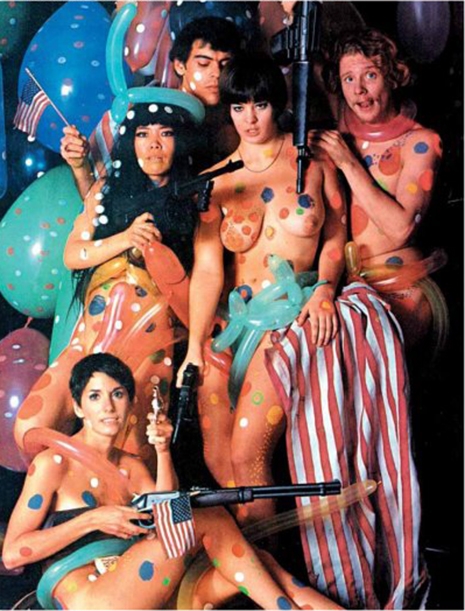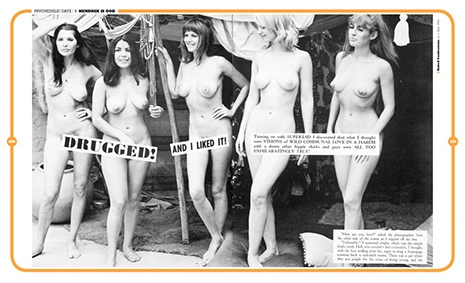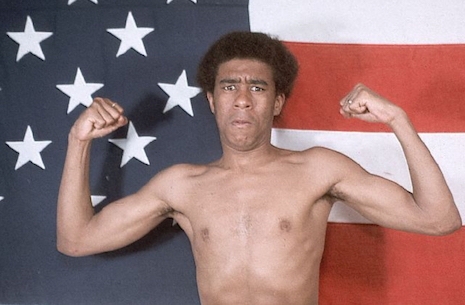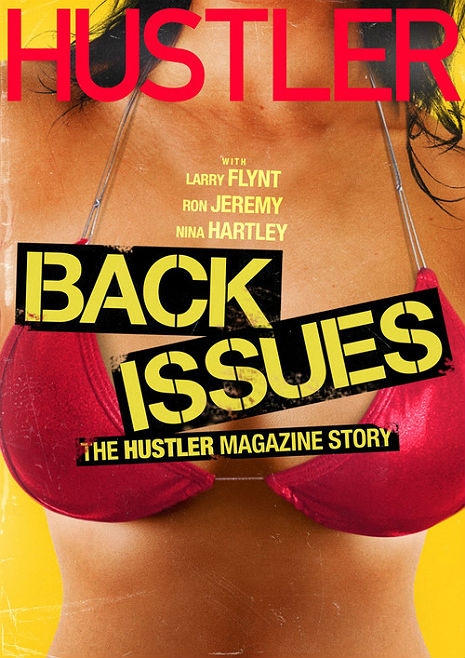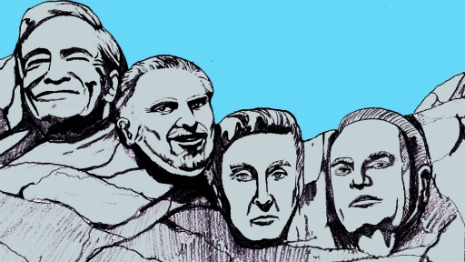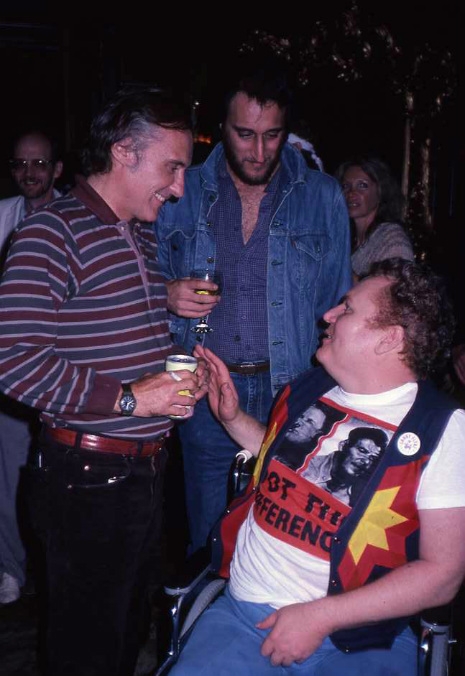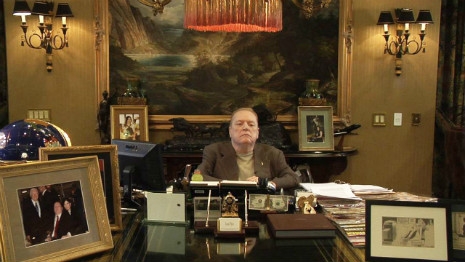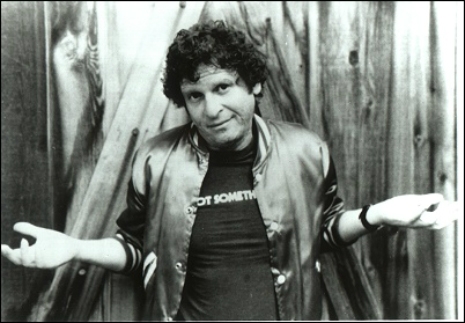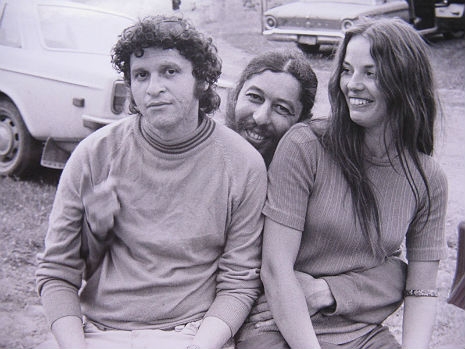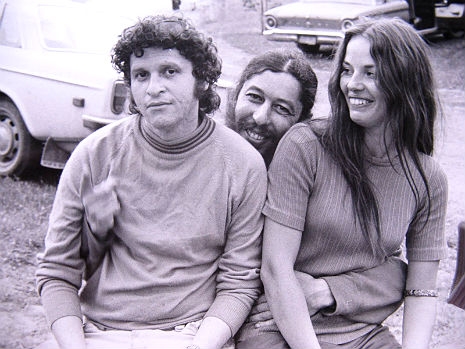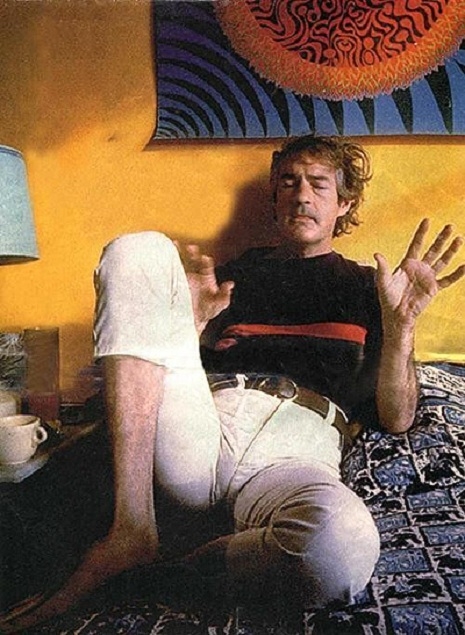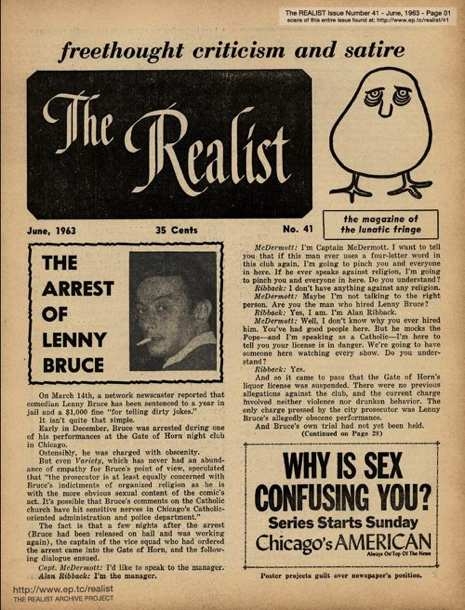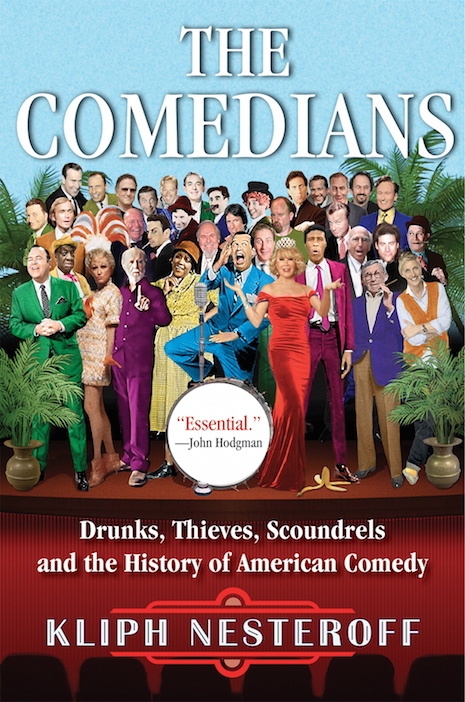
Last week we posted our interview with Kliph Nesteroff about his marvelous new book The Comedians: Drunks, Thieves, Scoundrels, and the History of American Comedy, which is now available for purchase.
It’s a winner, folks. Simply put, Kliph has carved out an area of research and made it almost entirely his own—I refer to the development of the world of professional stand-up comedy in the decades before Richard Pryor, George Carlin, or even Lenny Bruce. (Not to worry, he also covers everything up to Louis CK too.) Kliph has made it his business to acquaint himself personally with many of the surviving old-school stand ups from the 1950s and also with the bounties of Variety’s archives.
The Comedians: Drunks, Thieves, Scoundrels, and the History of American Comedy is about the Chitlin Circuit and vaudeville and the Mob and drugs and everything else, in other words, the seamy underbelly of the comedy world. This book will be a staple of comedy book lists for decades to come and is a must for every comedy nerd.
Here’s an exclusive exceprt from The Comedians: Drunks, Thieves, Scoundrels, and the History of American Comedy.
Chapter Nine: Hippie Madness at Decade’s End
Marijuana and LSD were huge influences on comedy at the end of the 1960s. It was not uncommon for talk show guests to show up high. George Carlin said he took “a perverse delight in knowing that I never did a television show without being stoned.” Paul Krassner dropped acid before a Tonight Show appearance with guest host Orson Bean. Krassner was immersed in his trip when he walked through the curtain. “I kept staring at Ed McMahon because his face was melting into his chest. Orson asked me, ‘Have you taken LSD?’ He meant in a general sense, but I had this thought, ‘Oh, no, he can tell!’”
Phyllis Diller encapsulated the older generation’s ignorance of counterculture elements when a reporter asked her if she would remarry. She responded, “What kind of LSD have you been smoking?” Such cluelessness was common as Hollywood’s gatekeepers struggled to relate to the new hippie demographic. Television shows like Dragnet and My Three Sons portrayed counterculture protestors as morons. Carl Reiner’s son Rob was cast in several sitcoms play-ing such roles. “I did three Gomer Pyles, played a hippie in a couple of them. Did a Beverly Hillbillies, played a hippie in that. I was like the resident Hollywood hippie at the time. I had long hair and they needed somebody. In one of the Gomer Pyle episodes I actually sang ‘Blowin’ in the Wind’ with Gomer.”

Veteran filmmaker Otto Preminger gave LSD the Hollywood treatment in 1968 with a motion picture called Skidoo. Preminger contacted Rob Reiner to help write dialogue for the hippie characters in his film. “Preminger was a very interesting, liberal guy and he took acid early on,” says Carl Gottlieb. “He wanted to meet The Committee. So we all trooped down to his offices with Rob Reiner.” Reiner said, “I went in and turned out some pages for hippies so that they would say ‘groovy’ in the right place.”
Groucho Marx was cast in Skidoo as an LSD dealer named God. It was surprising he agreed to it, as he was contemptuous of the new social mores (“That Midnight Cowboy. It’s about a stud and a pimp. I hated that movie”). Marx may have hated the counterculture, but he was hip to many of its elements. He subscribed to Paul Krassner’s paper The Realist, which featured articles about the drug culture. Krassner says, “Groucho was concerned about the script of Skidoo because it pretty much advocated LSD, which he had never tried but he was curious. Moreover, he felt a certain responsibility to his young audience not to steer them wrong, so could I possibly get him some pure stuff and would I care to accompany him on a trip.”
Groucho Marx high on LSD? Some who knew Groucho question the story. “It’s a fucking lie,” says producer George Schlatter. “Groucho never took acid. He didn’t need acid. Everyone else needed acid!” Carl Gottlieb agrees. “I doubt that story, because my contact with Groucho was around the same time. He was pretty infirm. The acid that was around in those days was the Owsley acid—Windowpane. It was brain-breaking.”
“Well, that was the reason Groucho asked me,” Krassner responds. “I have a letter from Lionel Olay, a popular magazine writer. He had interviewed Groucho and Groucho told him he was very curious about LSD. He read The Realist and about my taking trips. Bill Targ, my editor at Putnam, was a friend of Groucho. The writer of the movie Skidoo, Bill Cannon, introduced me to him. Groucho and I had lunch. He asked me if I could get him some LSD. Groucho was not going to go around boasting about this. It was just to prepare for the movie Skidoo. I accompanied him on his trip. We used the home of an actress in Beverly Hills. Phil Ochs drove me there. It was Owsley acid. Three hundred micrograms.”
Skidoo entered production with a cast that seemed plucked from Hollywood Squares. It included Frankie Avalon, Carol Channing, Frank Gorshin, Peter Lawford, Cesar Romero, Mickey Rooney, Arnold Stang and Jackie Gleason. It had a soundtrack by Harry Nilsson and an unforgettable scene in which Gleason, high on psychedelics, is haunted by the disembodied head of Groucho Marx.
Robert Evans, the head of Paramount, was not happy with it. “It was a zero on every level,” said Evans after the screening. “The guy [Preminger] cost us a fuckin’ fortune. His new entry belongs in the sewer, not on the screen. He’s such a prick; he gets his nuts off seeing us sink.”
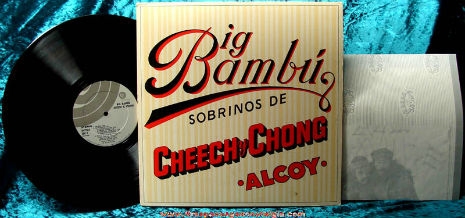
Cheech and Chong’s best-selling ‘Big Bambu’ album came with a gigantic rolling paper. For obvious reasons, these rolling papers are rare today…
Several comedians considered their psychedelic trips important, life-changing experiences. “Pot fueled Cheech & Chong during our heyday,” said Tommy Chong. “Pot and to some extent acid. It had changed our world and it put me on a path to artistic and financial success. The spiritual effects and the revelations never leave. The secrets that LSD revealed to me changed my life forever.”
George Carlin felt the same. “I know exactly when I first did acid—it was in October 1969 while I was playing a major, now long-defunct jazz club in Chicago called Mister Kelly’s. Next to my [note-book] record of that booking, which was otherwise uneventful, is written in a trembling hand the word ‘acid.’ Actually in the course of a two-week gig I did acid multiple times, maybe five, maybe ten. Fuck the drug war. Dropping acid was a profound turning point for me, a seminal experience. I make no apologies for it. More people should do acid.”
Chris Rush was another comedian who came into being with the counterculture. Psychedelics informed his act. “When I took lysergic acid diethylamide I started rapping comedy: full, polished conceptual chunks. It just flowed through me, and I was a stream-of-consciousness comedian. I started doing it for fun in loft buildings and I started doing some clubs. This guy Mark Meyers from Atlantic Records came to see me. He said, ‘This guy talks like George Carlin.’ Bingo, I had a record deal.” His album First Rush sold half a million copies in the early 1970s, mostly to pot-smoking college kids. “They’d get high with twenty of their friends and put the album on.”
Comedy and the counterculture coupled with the new technology of FM radio. During the early 1960s FM radio was mostly used to simulcast aurally superior versions of AM sister stations. In 1967 the FCC passed an ordinance that ended such simulcasts. It forced FM to devise original programming. In order to fill mass spaces of airtime in a pinch, young disc jockeys turned to playing entire sides of LPs rather than just one song. Soon FM was a place where hippie rawkers and their long jams received maximum exposure. Likewise, comedians who aligned themselves with the counterculture found entire sides of their comedy records being played on FM. College-aged kids tuning in to hear their favorite hippie music were turned on to the comedians being played on the same stations—and those comics saw their ticket sales increase enormously.
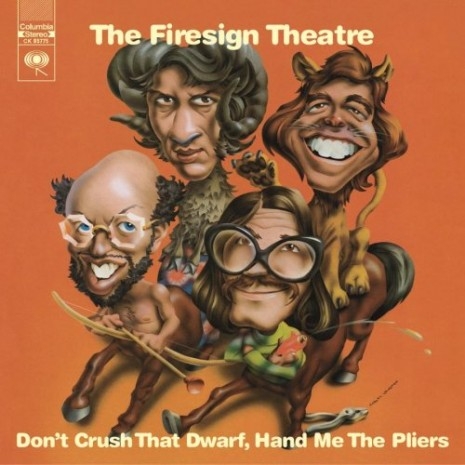
Amid the FM scene emerged an audio comedy troupe called the Firesign Theatre. Phil Austin, David Ossman, Phil Proctor and Peter Bergman met at the newly minted Los Angeles FM station KPFK. They worked in various executive positions and eventually left for KRLA and improvised drug-influenced comedy on the show Radio Free Oz. Surf music producer and KRLA employee Gary Usher used his industry connections to secure the boys a deal with Columbia Records. “I’d see The Byrds at Columbia Studios when we were all recording,” said Phil Proctor. “We didn’t realize how much history we were observing or even making. There was very easy access. People were very friendly and the music brought everybody together. Pot brought everybody together. It was a very sociable scene, you know, hot and cold running girls all the time…We were using the Columbia studio where The Byrds recorded, [but] also the radio studio where Fred Allen had been.”
The Firesign Theatre, George Carlin and Cheech & Chong owed their vast success to FM. The radio stations were listened to by thousands of impressionable college students. “FM radio helped expose the records, and that led to our ability to headline shows on college campuses,” said Proctor. “We were asked to go on the road with the Maharishi.”
Comedian Jimmie Walker says FM radio was a platform for comedians who never would have been accepted in traditional circles. “They would never have gotten on Carson or anything like that. Lou Adler from A&M Records came up with these guys from Vancouver—Cheech & Chong. There was a new thing called FM and Lou said, ‘I’m going to make an album with these guys.’ These guys started selling out colleges, and we were stunned. Nobody was doing that. FM changed everything. It changed the face of comedy.”
Jack Margolis, a comedy writer who once wrote for Jay Ward cartoons, composed the seminal counterculture comedy record of the time. A Child’s Garden of Grass was based on his satirical paperback of the same name, the first in-depth comedic look at the effects of marijuana. Released by Elektra, the same label that had Jim Morrison and the Doors, A Child’s Garden of Grass had its advertising turned down by every major magazine, was denied a spot on the shelves of Wallichs Music City in Hollywood and was banned in Washington State. An FCC ruling that forbade “drug lyrics” kept program managers from playing it. Despite the kibosh, it sold four hundred thousand copies. Its only real advertising came from a large billboard on Sunset Boulevard across from the Whisky a Go Go. It is impossible to calculate the number of joints that were rolled on its gatefold surface.

The longhairs dominated radio. Cinema was maturing rapidly. Battles against censorship were being won on both literary and nightclub fronts. But television, beyond its odd spontaneous talk show moment, appeared unaffected by the times. “There was a real revolution happening in other media,” said comedy writer Rosie Shuster. “There were all these Jack Nicholson movies coming out that reflected that sensibility of the sixties. In music there was Jimi Hendrix and Janis Joplin, the Stones and the Beatles. But television was still stuck in some time warp that was more like the fifties.
”Comedians appearing on The Tonight Show still had to adhere to a traditional dress code. “For a long time the rule on Johnny Carson was tie and jacket,” says Robert Klein. “I came on without one once and Johnny didn’t say anything, but it came down through [Tonight Show producer] Freddy de Cordova: ‘Tie and jacket!’ ”
THE COMEDIANS copyright © 2015 by Kliph Nesteroff; used with the permission of the publisher, Grove Press, an imprint of Grove Atlantic, Inc.
Below, the extended trailer for Otto Preminger’s ‘Skidoo’ featuring Dr. Timothy Leary, Sammy Davis Jr. and more…
Previously on Dangerous Minds:
The Comedians: Drunks, Thieves, Scoundrels, and the History of American Comedy






